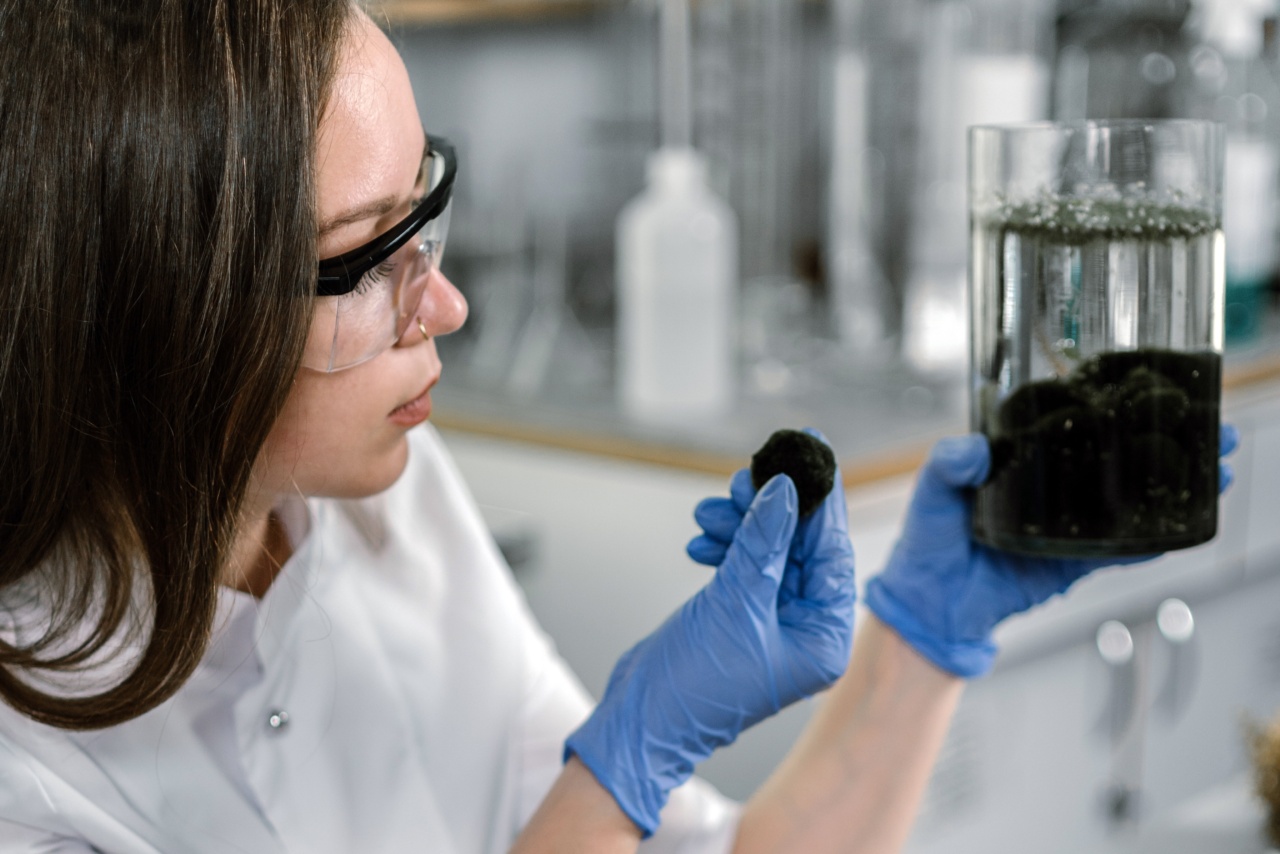For years, the field of genetics has been searching for a way to better understand how mutations in human DNA can lead to diseases.
Researchers in Britain have recently discovered a breakthrough in genetic research which could lead to a better understanding of these diseases. The breakthrough involves using mitochondrial DNA to pierce the human genome and identify mutations in DNA which may be responsible for certain diseases.
This breakthrough could lead to new treatments and therapies for diseases caused by mutations in DNA.
What is Mitochondrial DNA?
Mitochondrial DNA is the DNA found in the mitochondria of cells. Mitochondria are the energy-producing organelles in cells that also have their own DNA separate from the DNA found in the nucleus.
Mitochondrial DNA has been used in forensic cases to identify remains and in genealogy research to trace maternal ancestry. However, its use in the field of genetics to identify mutations in human DNA is relatively new.
How Can Mitochondrial DNA Be Used to Identify Mutations?
Mutations in DNA can lead to diseases and disorders such as cancer, Alzheimer’s, and Huntington’s disease. Identifying these mutations is a complex and time-consuming process.
However, researchers in Britain have found that using mitochondrial DNA can make this process easier and more precise.
When human cells divide, the mitochondrial DNA is passed down from the mother to the offspring, unchanged. Therefore, mitochondrial DNA can be used to trace the maternal lineage of an individual.
However, while the rest of the DNA in a human cell is double-stranded, mitochondrial DNA is single-stranded, making it easier to sequence and analyze. Using the single-stranded nature of mitochondrial DNA, researchers can more easily identify mutations in the DNA that may be responsible for certain diseases.
What are the Implications of this Breakthrough?
The implications of this breakthrough are significant, especially for the field of genetics. Identifying mutations in human DNA can lead to new treatments and therapies for diseases that were previously untreatable.
However, the process of identifying these mutations is complex and time-consuming. Using mitochondrial DNA to identify mutations can save researchers time and money, and make the process more precise.
In addition, the use of mitochondrial DNA in the field of genetics can also shed light on maternal ancestry.
By tracing the maternal lineage of individuals, researchers can better understand the history of human migration and evolution, and how humans evolved over time.
What are the Challenges of Using Mitochondrial DNA in Genetic Research?
While the use of mitochondrial DNA in genetic research has many benefits, there are also some challenges. Mitochondrial DNA is only passed down from the mother, so it can only be used to trace the maternal lineage of an individual.
In addition, mitochondrial DNA is not always a reliable indicator of disease status. Not all mutations in mitochondrial DNA lead to disease, and not all diseases are caused by mutations in mitochondrial DNA.
Another challenge of using mitochondrial DNA in genetic research is the potential for false positives. Given the small size and single-stranded nature of mitochondrial DNA, there is a higher chance of sequencing errors and mistakes in data analysis.
Therefore, care must be taken when interpreting the results of genetic analysis using mitochondrial DNA.
Conclusion
The discovery of using mitochondrial DNA to pierce the human genome and identify mutations in DNA is an exciting breakthrough in the field of genetics.
The use of mitochondrial DNA can save time and money in identifying mutations that may be responsible for certain diseases. It can also shed light on maternal ancestry and human evolution. However, there are challenges to using mitochondrial DNA in genetic research, including false positives and the limited scope of tracing maternal lineage.
Further research is needed to fully understand the implications of this breakthrough and its potential for treating and curing diseases.


























